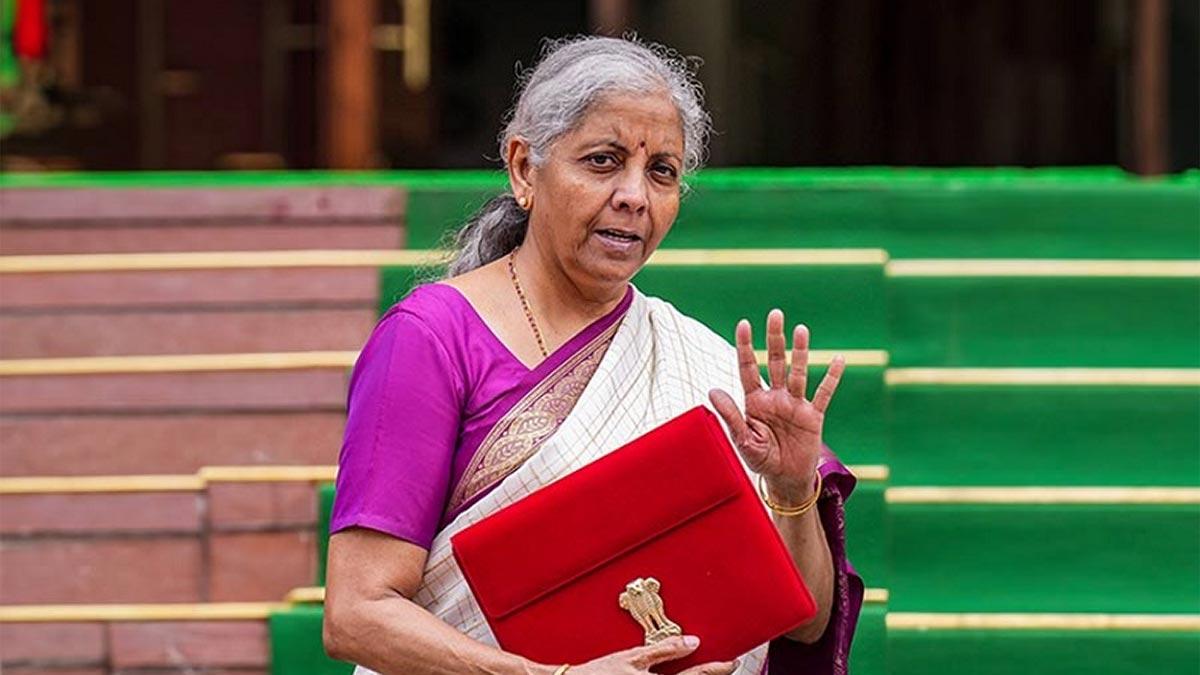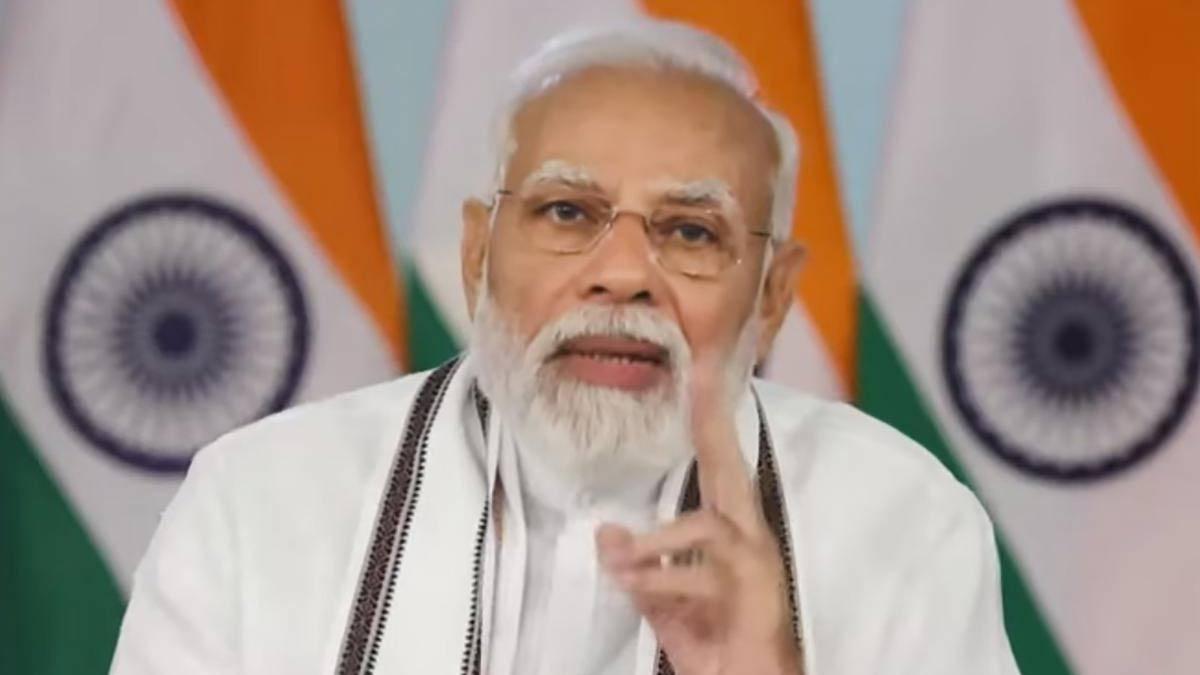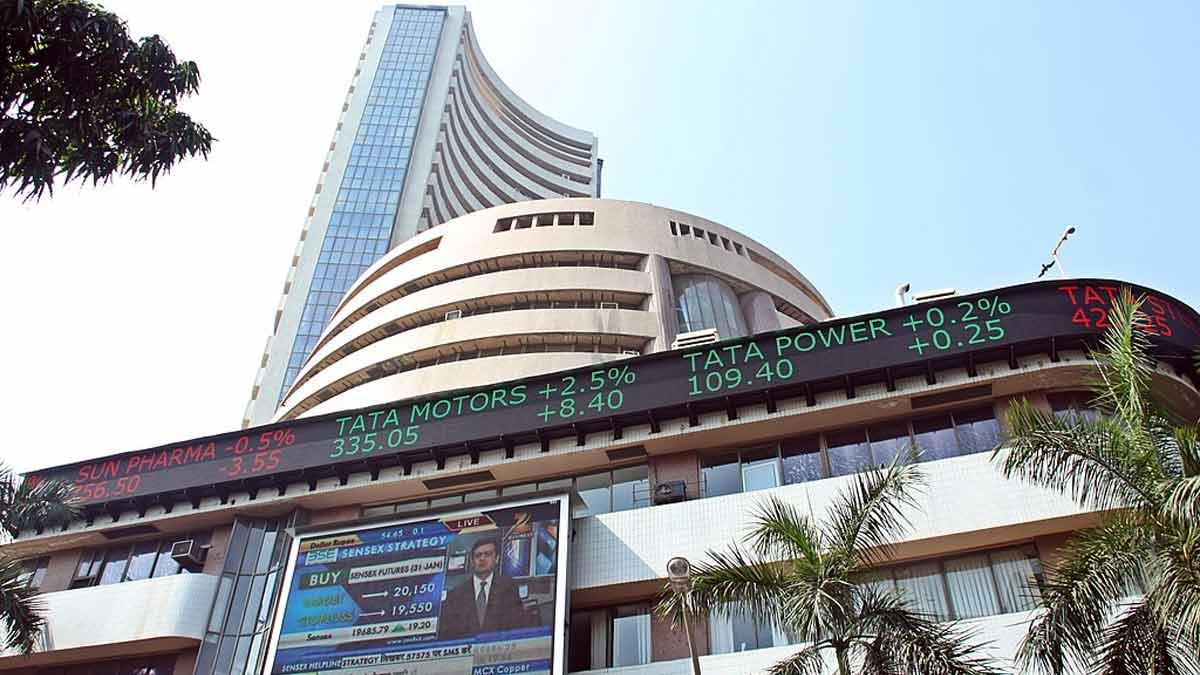Union Finance Minister Nirmala Sitharaman on Friday urged tax authorities to make the Goods and Services Tax (GST) registration process smooth and transparent by using technology and risk-based approaches.
Speaking at a conclave of the Central Board of Indirect Taxes and Customs (CBIC) in New Delhi, Sitharaman directed the officials to prepare a tangible action plan to improve different areas of taxpayer services. These include revamping GST registration procedures, simplifying refund processing, and improving mechanisms to redress grievances.
The conclave convened important officials, such as principal chief commissioners, chief commissioners, director generals, and field officers of CBIC.
The CBIC demonstrated impressive improvement in various streams like audit, enforcement, refunds, and redressal of grievances. A clear highlight was cutting the average time taken to resolve grievances to a mere nine days — much ahead of the prescribed 21 days.
Refund processing also improved significantly, with 85% of claims being cleared within the legislated 60-day period. GST audit coverage also increased significantly from 62.21% in 2022–23 to 88.74% in 2024–25. Enforcement against tax evasion also picked up pace, with ₹2.23 lakh crore being identified in 2024–25 and voluntary payment of ₹28,909 crore. Significantly, no taxpayer was ever audited more than once in a three-year period.
Trade facilitation initiatives also paid off. The Risk Management System (RMS) facilitated easier cargo clearance, with facilitation growing to 86% in 2025 from 82% in 2022. Moreover, 2,140.35 kilograms of seized gold were cleared through transfer to the Security Printing and Minting Corporation of India Ltd (SPMCIL) in 2024–25.
Targeted Campaigns and Helpdesk Mandate
The finance minister also asked Central GST formations to carry targeted awareness drives meant to educate taxpayers, trade associations, and industry stakeholders about documentation needed for GST registration — particularly proof of the principal place of business.
She underlined that enhanced awareness would decrease registration rejections and delays. For this purpose, Sitharaman asked CGST zones to establish dedicated helpdesks with a single-minded objective to help applicants with registration processes.
She also emphasized that GST Seva Kendras and Customs' Turant Suvidha Kendras are well staffed and well maintained so they can extend proper and timely support to the taxpayers.
Urgent need for robust focus on building trust, empowering officials to put grievance resolution at the forefront and provide better systems for monitoring and closing inquiries in a punctual and transparent way.
Sitharaman also underscored speeding up investigations pertaining to Customs and CGST, and urged officers to bridge the gap between identification of evasion and actual realization. She further highlighted the need to tackle fraudulent ITC claims and prevent evasion.
National Time Release Study 2025: Speedier Cargo Clearance Across Major Segments
The Finance Minister also released the fifth version of the National Time Release Study (NTRS) 2025, which indicates significant improvement in decreasing cargo release times along different channels.
Performed at 15 major points, such as seaports, inland container depots (ICDs), integrated check posts (ICPs), and air cargo complexes (ACCs), the Time Release Study provides quantitative information on the efficiency of customs clearance procedures.
The report indicated that between 2023 and 2025, the average cargo release time (ART) declined by approximately six hours at seaports, five hours at ACCs, and 18 hours at ICPs. ART increased by approximately 12 hours at ICDs.
One of the report's greatest strengths is in its credibility of data — based solely on data from CBIC's automated customs system, which is operated by the Directorate General of Systems and Data Management.
The applicability of TRS has increased progressively over time. Initially confined to the choice gateway ports, the current version now encompasses assessments of courier consignments, transit shipments, and certain commodity-based indicators. It also applies sophisticated methodologies to measure every phase of the clearance process and now extends to three more points: Kochi seaport, Garhi Harsaru ICD, and Jaigaon Land Customs Station.
Read also| India’s Residential Property Sales Jump Nearly 77% Since FY2019: Report
Read also| IndiGo Refutes Claims of 4% Stake Sale to Raise $1 Billion


















